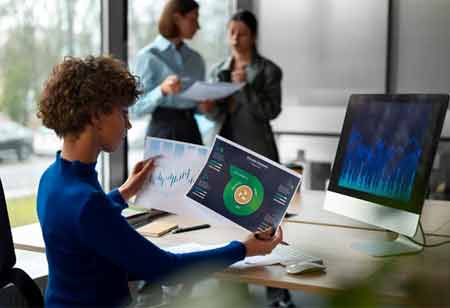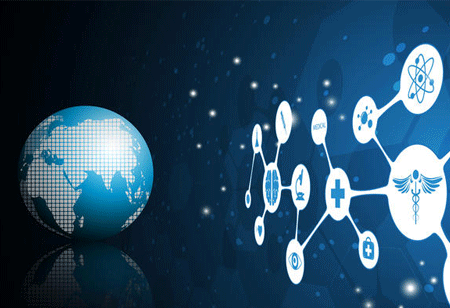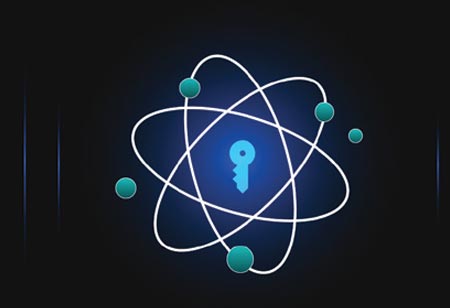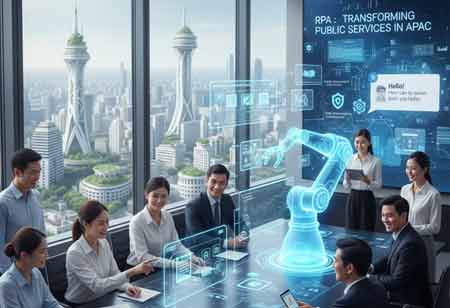THANK YOU FOR SUBSCRIBING
Exploring the Convergence of Blockchain, AI, and IoT
In the modern landscape of technological innovation, the convergence of various cutting-edge technologies has been reshaping industries and driving unprecedented levels of efficiency, security, and connectivity.
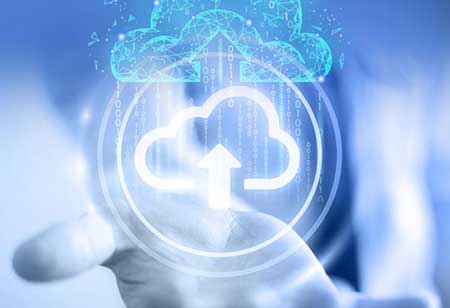
By
Apac CIOOutlook | Thursday, August 31, 2023
Stay ahead of the industry with exclusive feature stories on the top companies, expert insights and the latest news delivered straight to your inbox. Subscribe today.
Blockchain is a secure, transparent, and tamper-proof digital ledger that records transactions in a decentralised manner, eliminating intermediaries and enhancing security. Its applications span supply chain management, healthcare, finance, and more.
FREMONT, CA: In the modern landscape of technological innovation, the convergence of various cutting-edge technologies has been reshaping industries and driving unprecedented levels of efficiency, security, and connectivity. Three of the most transformative technologies of our time are Blockchain, Artificial Intelligence (AI), and the Internet of Things (IoT). The convergence of these technologies has the potential to create a paradigm shift that could revolutionise the way we interact with technology, data, and each other.
Understanding the Trio: Blockchain, AI, and IoT
Blockchain: At its core, blockchain is a distributed and immutable digital ledger that records transactions in a secure, transparent, and tamper-proof manner. Each new transaction is added as a block, linked to the previous one, forming a chain. Its decentralised nature eliminates the need for intermediaries, enhancing security and reducing the risk of fraud. Blockchain's applications extend beyond cryptocurrencies to supply chain management, healthcare, finance, and more.
Artificial Intelligence (AI): AI involves the development of computer systems capable of performing tasks that typically require human intelligence. Machine learning, a subset of AI, allows systems to learn from data and improve their performance over time. AI technologies include natural language processing, computer vision, and deep learning. AI systems analyse large datasets to extract valuable insights, make predictions, and automate complex processes.
Internet of Things (IoT): IoT refers to the network of interconnected physical devices embedded with sensors, software, and connectivity, enabling them to collect and exchange data. These devices can range from household appliances and wearable devices to industrial machines. IoT technology facilitates data-driven decision-making and the automation of processes, enhancing efficiency and convenience.
Synergies of Convergence
Data Integrity and Security: Blockchain's decentralised and tamper-proof nature can significantly enhance data security and integrity in IoT applications. By recording IoT device data on a blockchain, it becomes nearly impossible for unauthorised parties to alter or manipulate the data, ensuring its accuracy and authenticity.
Decentralised Networks: The decentralised architecture of blockchain aligns with the distributed nature of IoT devices. This convergence can eliminate single points of failure, enhancing the reliability of IoT networks. Moreover, AI algorithms can help identify and mitigate potential security breaches or anomalies within the IoT ecosystem.
Smart Contracts and Automation: Blockchain's smart contracts are self-executing contracts with the terms of the agreement directly written into code. Combining IoT devices with smart contracts can automate processes such as supply chain tracking and authentication. For example, a smart contract could automatically trigger a payment when IoT sensors verify the delivery of goods.
Enhanced Decision-making: AI's data analysis capabilities can extract meaningful insights from the massive amounts of data generated by IoT devices. This information can empower businesses and individuals to make informed decisions, optimise operations, and predict trends.
Use Cases and Applications
Supply Chain Management: Converging blockchain, AI, and IoT can create end-to-end transparency in supply chains. AI can analyse data from IoT sensors to optimise inventory management, while blockchain ensures the integrity and traceability of goods as they move through the supply chain.
Healthcare: Connected medical devices in IoT can transmit patient data to blockchain-enabled systems, ensuring the security and privacy of sensitive health information. AI algorithms can then analyse this data for diagnosis, treatment recommendations, and drug discovery.
Smart Cities: Integrating these technologies can lead to the development of smarter and more sustainable cities. IoT devices can gather real-time data on energy consumption, waste management, and traffic flow. AI can process this data to optimise resource allocation, while blockchain ensures data reliability and security.
Several prominent companies are actively engaged in integrating the realms of blockchain, AI, and IoT, harnessing their combined potential
IBM is at the forefront, creating Hyperledger Fabric, a blockchain platform designed for constructing secure and scalable applications. Simultaneously, they employ AI to scrutinize data harvested from IoT devices, thereby enhancing supply chains and manufacturing processes.
Microsoft is also deeply immersed in this convergence. They're crafting Azure Blockchain Service, a platform for developing and launching blockchain applications. In tandem, Microsoft leverages AI to dissect data originating from IoT devices, bolstering the security of its cloud infrastructure.
Likewise, Amazon Web Services (AWS) is making significant strides. Their Amazon Managed Blockchain offers a pathway to forge and deploy blockchain applications, complemented by AI-driven analyses of IoT-generated data to heighten the efficiency of their cloud services.
Not to be outdone, Google Cloud Platform (GCP) is an active player. Their Cloud Blockchain Platform is emerging as a hub for constructing and deploying blockchain applications. In parallel, GCP leverages AI to parse through data sourced from IoT devices, thereby fortifying the security aspects of their cloud ecosystem.
The Future Landscape
The convergence of blockchain, AI, and IoT has the potential to reshape industries, create new business models, and enhance our daily lives. This trio of technologies can unlock possibilities previously deemed unimaginable, from self-executing contracts to fully autonomous systems. As these technologies continue to mature and their convergence gains momentum, collaboration among researchers, policymakers, and industry experts will be crucial in addressing challenges and maximising benefits. In this landscape of transformation, the journey towards a more interconnected and intelligent world has only just begun.

